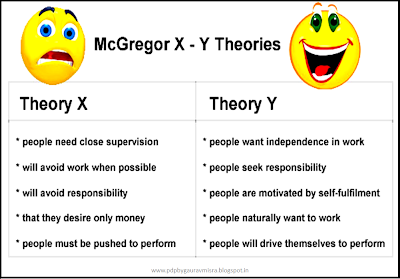PRESENTATION SKILLS &
PUBLIC SPEAKING 1.1
“A presentation
is a live mode of sharing information for a selected audience. It’s a form of
oral communication in which a person shares factual information with a
particular audience in an impressive and convincing manner.”
Definition of Presentation
I. “A structured,
prepared and speech-based means of communicating information, ideas, or
arguments to a group of interested people in order to inform or persuade them”
II. “To inform, inspire,
entertain, demonstrate, prove and to persuade, that is an objective of a good
presentation.”
COMMON PURPOSE OF BUSINESS PRESENTATIONS
Oral presentations
can be categorized according to their purpose. The four basic reasons for
giving a presentation are to inform, to persuade, to motivate, and to
entertain. Most of our presentations or speeches will be
informative, requiring a straightforward statement of the facts. If you’re
involved in a marketing or sales position, however, we’ll probably be writing
and delivering quite a few persuasive presentations and speeches. Motivational speeches tend to be more
specialized, so many companies bring in outside professional speakers to handle
this type of presentation. Entertainment speeches are perhaps the rarest in the
business world; they are usually limited to after-dinner speeches and to
speeches at conventions or retreats. Whatever your purpose, your speech will be
more effective if you keep your audience interested in your message. To do so,
you must understand who your audience members are and what they need.
PRESENTATION
SKILLS: A Must !!!
- Necessary as a Student, Researcher, Manager or a Job Seeking Person.
- For Communicating Your Information Clearly.
- For Creating a Very Good Impression about You as a Speaker.
- For Building Confidence and Removing Stage Phobia/ Fear Factor/ Public Hesitation.
- Personality Development.
FUNDAMENTALS OF
PROFESSIONAL PRESENTATION
I. Purpose:
- To Decide the Content & Style
- “Why Am I Giving This Presentation…?!!”
- You May be Giving the Presentation to, a. Inform People about an Idea, b. Describe a Business Opportunity, c. Gain Support for Some Cause of Action, d. Gather People’s View on New Plans or Products, e.Create Awareness
II. Audience:
- Before Making a Presentation, Know the Audience You are Going to Address.
- Number, Nature, Needs, Level of Knowledge & Attitude.
- Focus Your Presentation on Those Issues that would be of Their Interest.
- Look for Some Smiling Faces :-) SMILE YOURSELF (whenever necessary)!!!
- And Adjust Your Style Accordingly.
note: YOU MUST KNOW: Who is Your
Audience? Why Are They
Attending Your Presentation? What is Their
Background and Level of Knowledge? How Many Persons
will There be? What Are Their
Interests, Likes and Dislikes? Are They Familiar
with the Topic? How is Their
Attitude? Age Range? Gender
Distribution? What is the Outcome
of Your Presentation?
III. Content:
- Collect Material for Your Presentation.
- INTRODUCTION ~ MAIN BODY ~ CONCLUSION.
- Say What You Want to Say --> Say It --> Say What You've Already Said.
note: A. INTRODUCTION: Get the Attention of
the Audience, State the Purpose, Preview the Main
Points. B. MAIN BODY: Main Points backed
by Supporting Material, Advantage/Benefit/Gain/Profit, Convince Your
Audience!, Expand-Explain-Elaborate, C. CONCLUSION: Review the Main
Points, ‘FINISHING TOUCH’.
IV. Audio Visual Aids:
- Black Board/ White Board/ Overhead Projectors/ LCD Projectors/ Power Point Software.
- Charts/ Figures/ Images/ Pictures/ Tables/ Graphs.
- For Making the Audience See What They Hear.
- Keeping the Audience Attentive and Absorbed.
- Using Different Colors To Highlight Different Points.
- Safer to carry Printouts or Written Notes.
note: Take Care: a. Do
Not Use Too Many Visual Aids As They Will Lessen Their Impact. b. Plan To Use Your Visuals By Determining Your Main Points. c. Don’t Fill A Slide
With Too Many Words. d. Write Points in
place of long sentences. e. Your Speaking and
Slide Projection Must be in accordance. f. Explain, Don’t Just
Read to Enhance the Value
of Our Presentation & Effective Delivery.
IV. Delivery:
- Whatever you say and whatever you show; it is you, yourself which will remain the focus of the audience's attention.
- There are five key facets of the human body which deserve attention in presentation skills: 1. Eye Contact, 2. Voice Modulation, 3. Expressions, 4. The Body Movement, 5. Gestures & postures.
note: Mind Your Body Language: a. Do not stand in front of the screen when the projector
is on, b. Smile!, c. Dress for Success, d. Knees unlocked, head up and shoulders released down, e. Make proper eye contact, f. Breathe & Relax, g. Do not lock arms, h. Connect with the audience, i. Finish positively.
[to be continued...]




.png)
















